Lehninger Principles of Biochemistry 6th Edition By David L. Nelson – Test Bank
$25.00
Edition: 6th Edition
Format: Downloadable ZIP File
Resource Type: Test Bank
Duration: Unlimited downloads
Delivery: Instant Download
Lehninger Principles of Biochemistry 6th Edition By David L. Nelson – Test Bank
Multiple Choice Questions
- Amino acids
Page: 72 Difficulty: 1 Ans: C
The chirality of an amino acid results from the fact that its α carbon:
- has no net charge.
- is a carboxylic acid.
- is bonded to four different chemical groups.
- is in the l absolute configuration in naturally occurring proteins.
- is symmetric.
- Amino acids
Page: 72 Difficulty: 2 Ans: B
Of the 20 standard amino acids, only ___________ is not optically active. The reason is that its side chain ___________.
- alanine; is a simple methyl group
- glycine; is a hydrogen atom
- glycine; is unbranched
- lysine; contains only nitrogen
- proline; forms a covalent bond with the amino group
- Amino acids
Page: 72 Difficulty: 1 Ans: C
Two amino acids of the standard 20 contain sulfur atoms. They are:
- cysteine and serine.
- cysteine and threonine.
- methionine and cysteine
- methionine and serine
- threonine and serine.
- Amino acids
Page: 75 Difficulty: 1 Ans: A
All of the amino acids that are found in proteins, except for proline, contain a(n):
- amino group.
- carbonyl group.
- carboxyl group.
- ester group.
- thiol group.
- Amino acids
Pages: 75–76 Difficulty: 3 Ans: C
Which of the following statements about aromatic amino acids is correct?
- All are strongly hydrophilic.
- Histidine’s ring structure results in its being categorized as aromatic or basic, depending on pH.
- On a molar basis, tryptophan absorbs more ultraviolet light than tyrosine.
- The major contribution to the characteristic absorption of light at 280 nm by proteins is the phenylalanine R group.
- The presence of a ring structure in its R group determines whether or not an amino acid is aromatic.
- Amino acids
Page: 77 Difficulty: 2 Ans: A
Which of the following statements about cystine is correct?
- Cystine forms when the —CH2—SH R group is oxidized to form a —CH2—S—S—CH2— disulfide bridge between two cysteines.
- Cystine is an example of a nonstandard amino acid, derived by linking two standard amino acids.
- Cystine is formed by the oxidation of the carboxylic acid group on cysteine.
- Cystine is formed through a peptide linkage between two cysteines.
- Two cystines are released when a —CH2—S—S—CH2— disulfide bridge is reduced to —CH2—SH.
- Amino acids
Page: 77 Difficulty: 2 Ans: A
The uncommon amino acid selenocysteine has an R group with the structure —CH2—SeH (pKa ≈ 5). In an aqueous solution, pH = 7.0, selenocysteine would:
- be a fully ionized zwitterion with no net charge.
- be found in proteins as d-selenocysteine.
- never be found in a protein.
- be nonionic.
- not be optically active.
Related Test Bank


MAECENAS IACULIS
Vestibulum curae torquent diam diam commodo parturient penatibus nunc dui adipiscing convallis bulum parturient suspendisse parturient a.Parturient in parturient scelerisque nibh lectus quam a natoque adipiscing a vestibulum hendrerit et pharetra fames nunc natoque dui.
ADIPISCING CONVALLIS BULUM
- Vestibulum penatibus nunc dui adipiscing convallis bulum parturient suspendisse.
- Abitur parturient praesent lectus quam a natoque adipiscing a vestibulum hendre.
- Diam parturient dictumst parturient scelerisque nibh lectus.
Scelerisque adipiscing bibendum sem vestibulum et in a a a purus lectus faucibus lobortis tincidunt purus lectus nisl class eros.Condimentum a et ullamcorper dictumst mus et tristique elementum nam inceptos hac parturient scelerisque vestibulum amet elit ut volutpat.


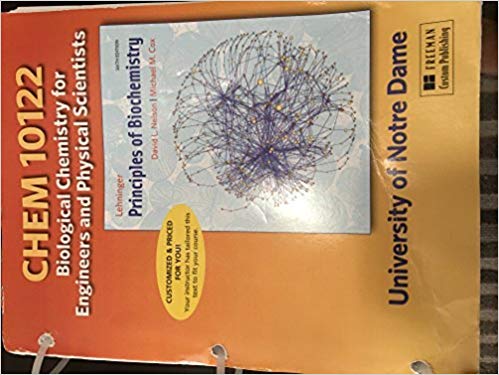



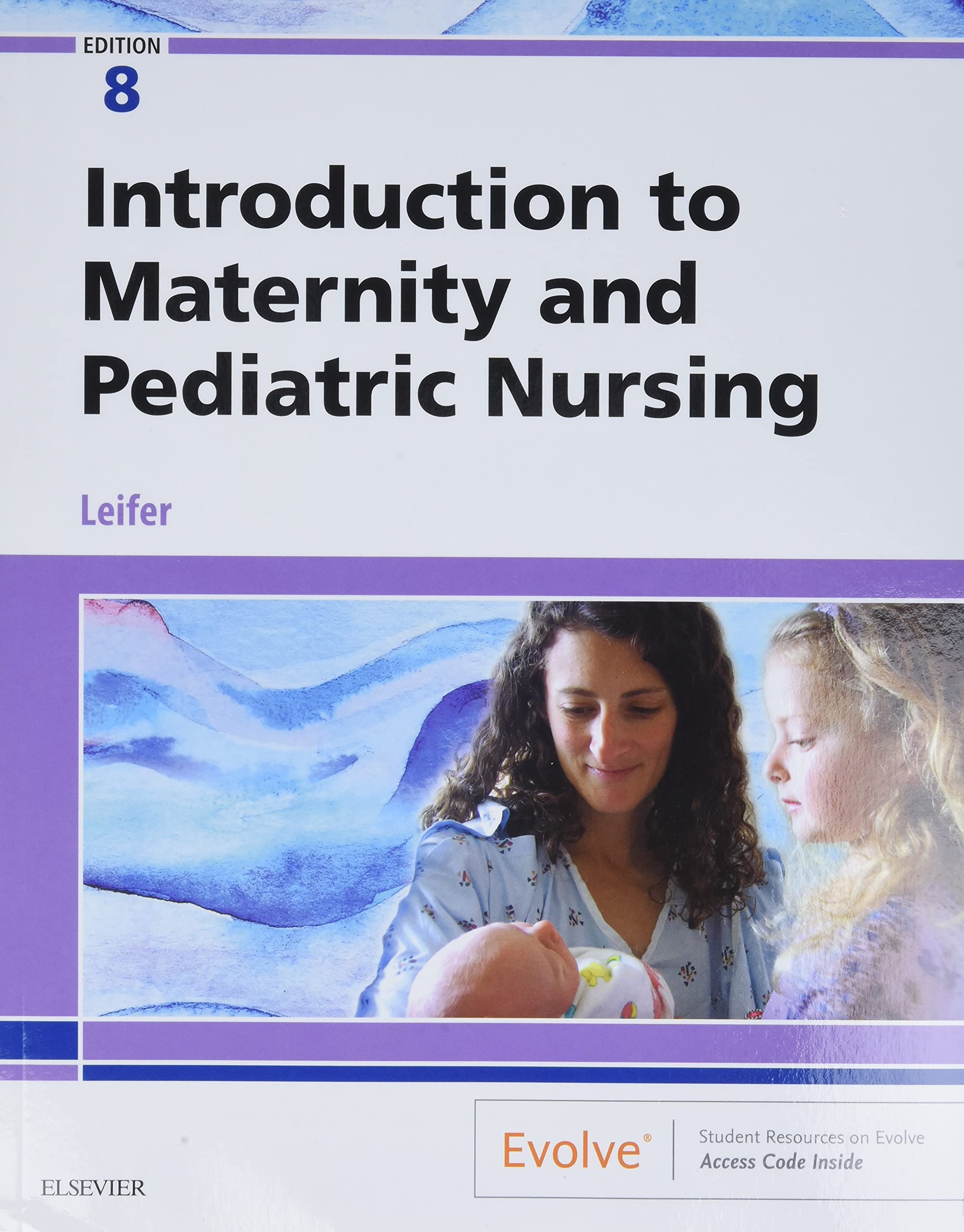

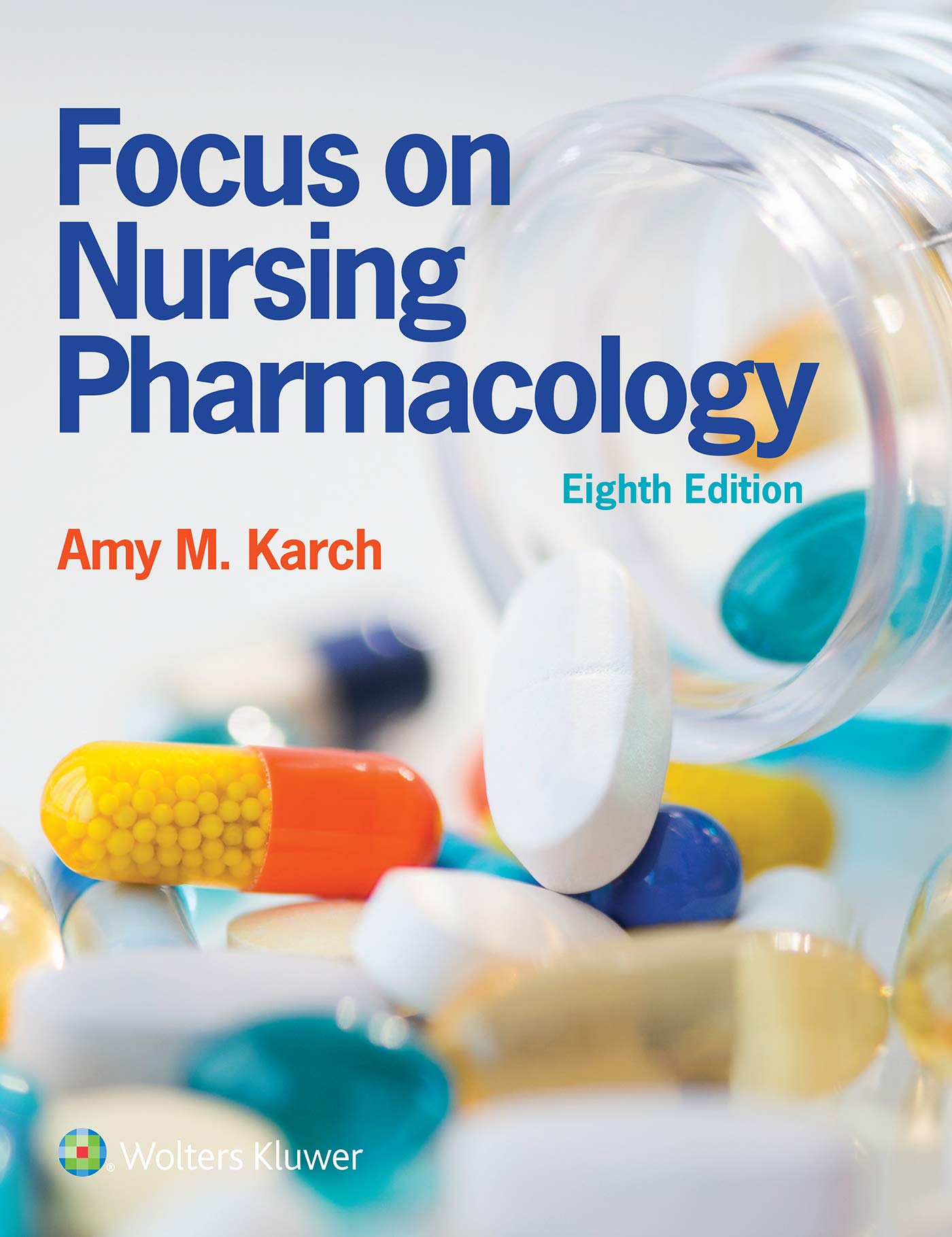
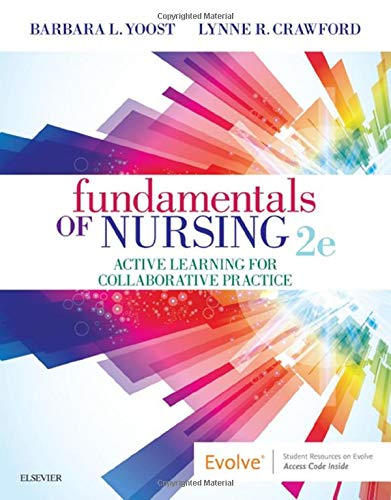
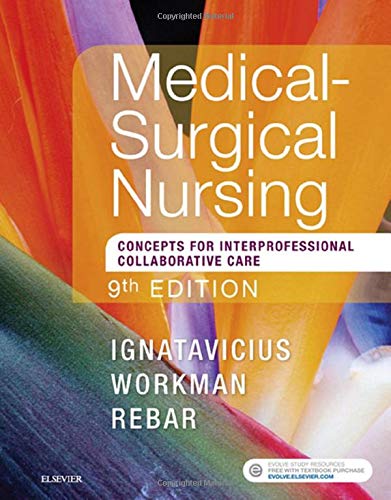


Reviews
There are no reviews yet.